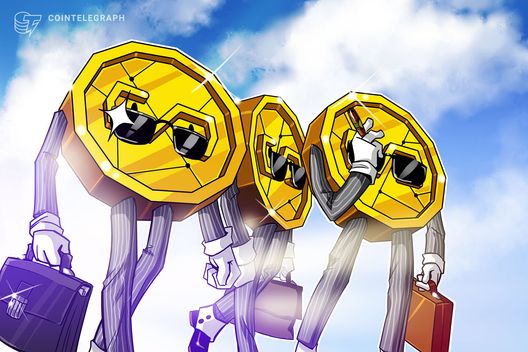Introduction to Stablecoin 2.0
Stable coins have become the backbone of digital markets, with billions of dollars flowing through them every month. They facilitate transactions, enable transfers, and provide a safe haven for cash on-chain. Despite their widespread adoption, the original design of stable coins has remained largely unchanged since 2014. According to Reeve Collins, co-founder of Tether and Chairman of StBl, the first generation of stable coins solved a problem by putting a reliable digital dollar on the blockchain, but they were static and did not provide any yield to owners.

The Evolution of Stable Coins
The first wave of stable coins digitized the dollar, while the second wave finances it. The yield is no longer trapped in the balance sheets of issuers, but is instead divided into two programmable streams. The digital dollar remains liquid and usable for payments or decentralized finance (DeFi), while the return on its own asset can be kept, acted upon, or invested. This shift transforms simple payment tokens into valid financial instruments and savings vehicles for the digital era.
Real-World Examples
Early evidence of this shift can be seen in the Onchain Money Market Fund of Franklin Templeton, which distributes income daily and pays monthly. The BlackRock Buidl Fund exceeded $1 billion in its first year and distributed dividends completely. DeFi protocols now enable borrowers to retain the state yield while unlocking liquidity. These examples demonstrate the beginnings of a financial system in which liquidity and income can coexist.
Stablecoin 2.0
Stablecoin 2.0 features a dual-token structure, separating the return from the stable coin. This means that both the digital dollar and the return token are distinct, with one token acting as a spent digital dollar and the other representing the income generated from the underlying collateral. This innovation makes the yield a currency, transparent and transferable, while the stable coin remains smooth and usable as cash.
Implications and Benefits
The implications of Stablecoin 2.0 are significant. Minters can create stable coins that spend cash and capture returns from the collateral that supports them. Institutions can transform their assets into dynamic, transparent, and compliant tools that provide liquidity and income. Governments and companies can issue branded stable coins supported by treasury markets, money markets, or other high-quality collateral, unlocking a new source of value that traditional fiat could never provide.
Regulatory Framework
Regulatory authorities worldwide are moving from pilot projects to full-fledged frameworks. The European markets in crypto-assets regime has gone live with licensed issuers, while Hong Kong and Singapore are opening the door for commercial use. In the United States, non-partisan proposals signal that StableCoin legislation is no longer a question of if, but when. These shifts create a basis for trust and legitimacy, positioning stable coins as core infrastructure for the financial system.
Conclusion
In conclusion, Stablecoin 2.0 represents a significant shift in the evolution of digital money. It transforms simple payment tokens into valid financial instruments and savings vehicles, providing a new source of value for consumers, institutions, and governments. As the regulatory framework continues to develop, stable coins are poised to redefine how money moves and who receives the rewards. For more information, visit https://cointelegraph.com/news/second-generation-stablecoins?utm_source=rss_feed&utm_medium=rss_tag_regulation&utm_campaign=rss_partner_inbound

